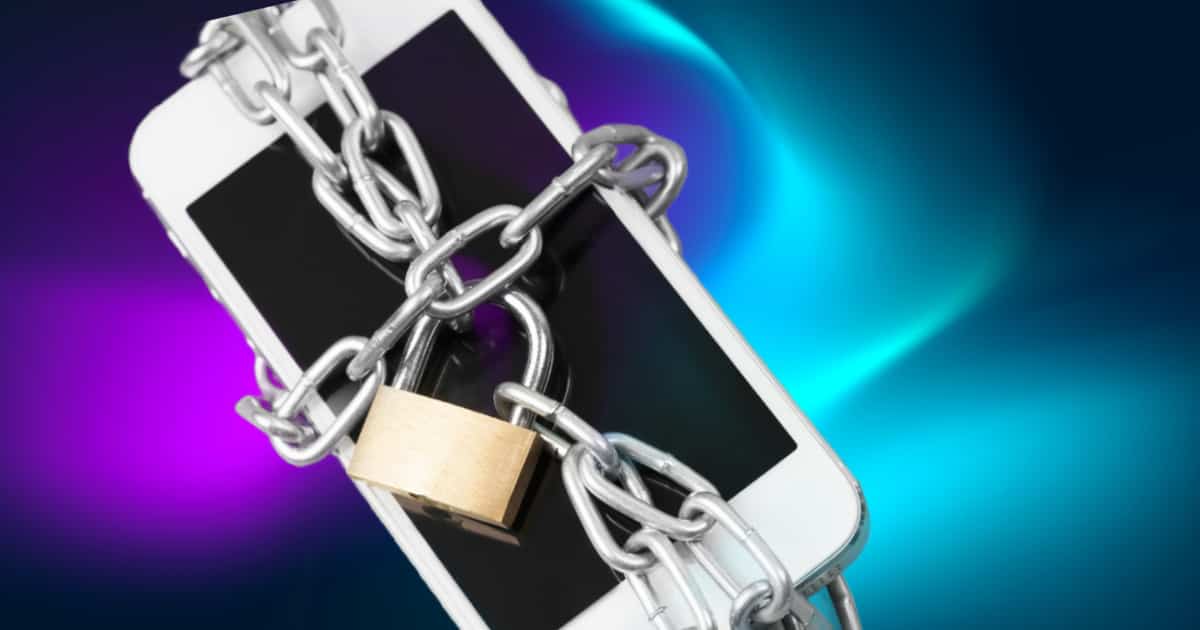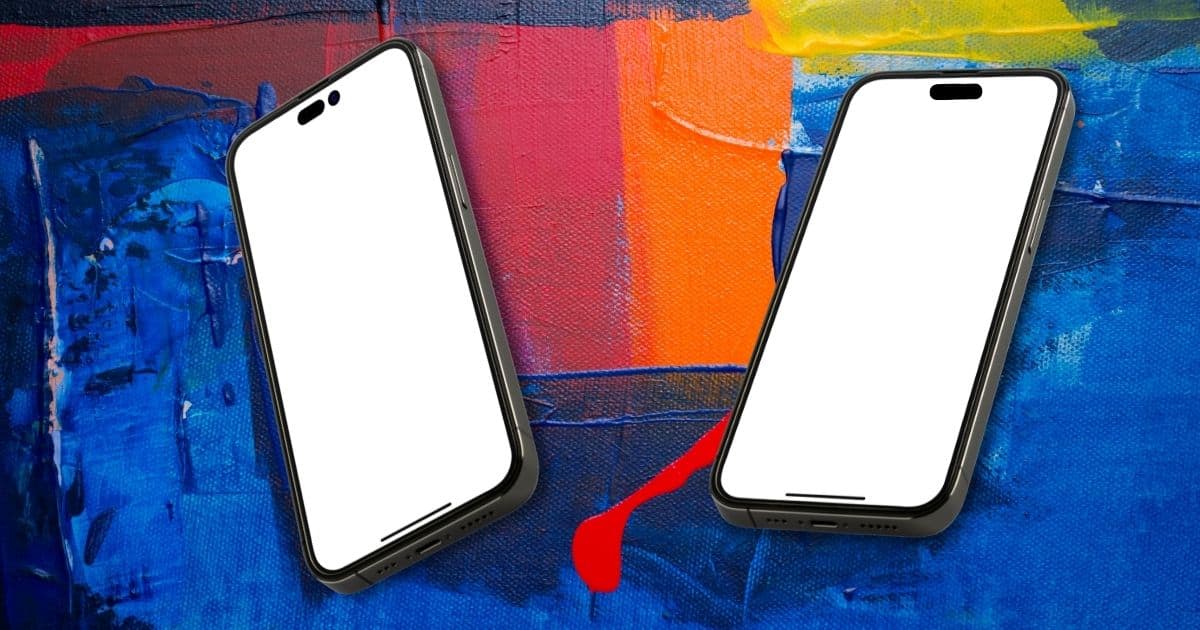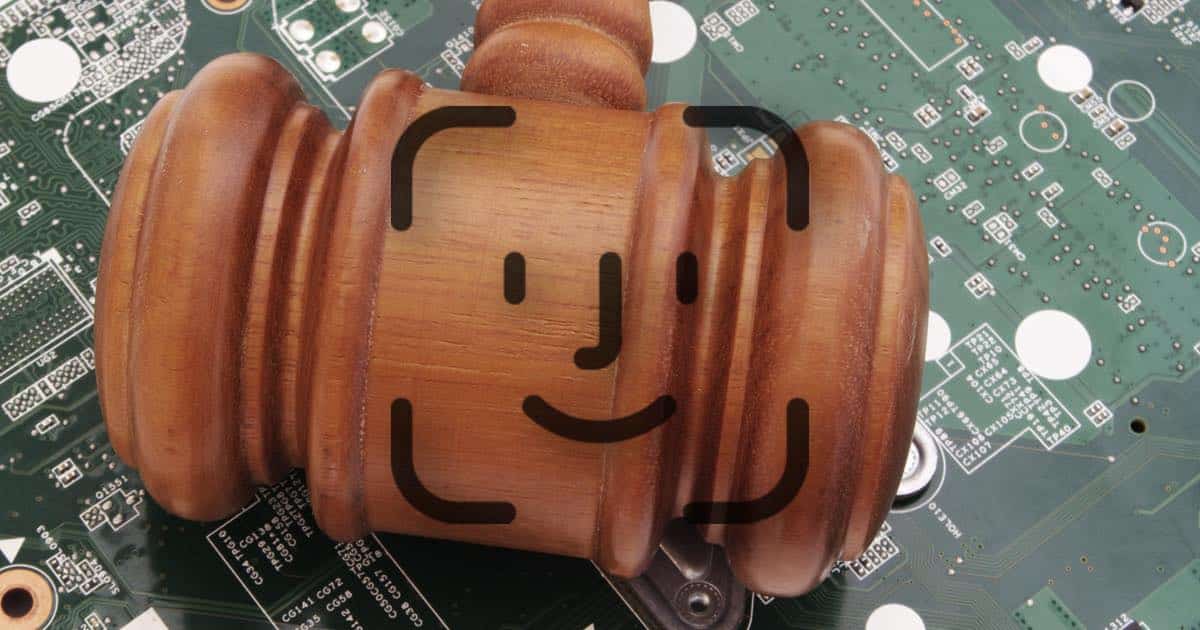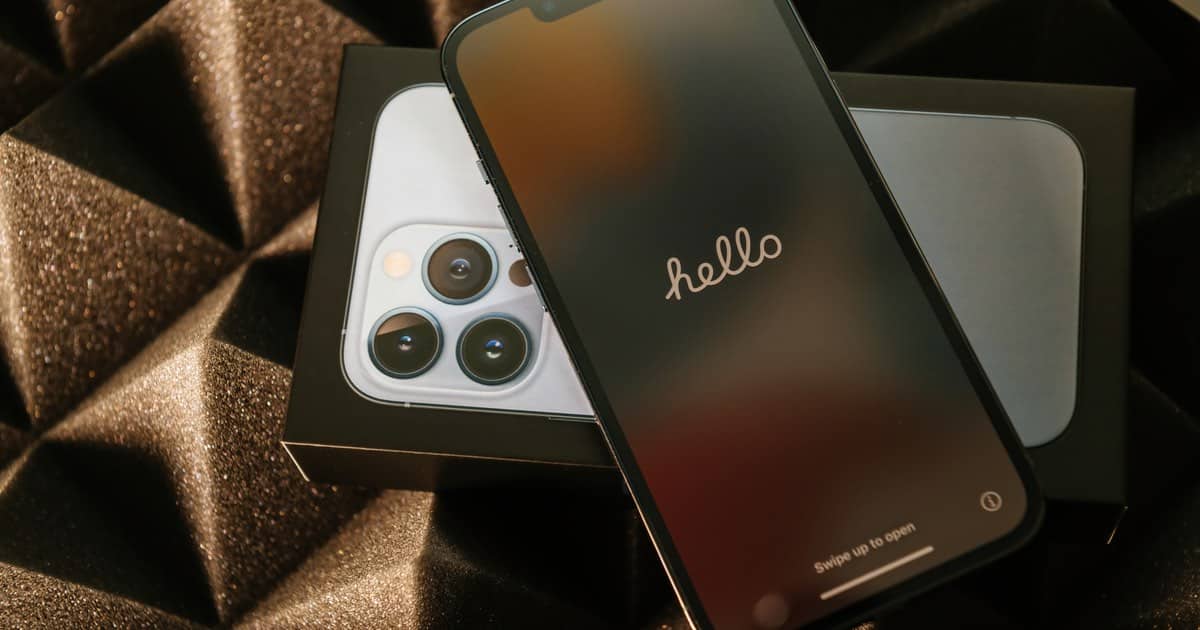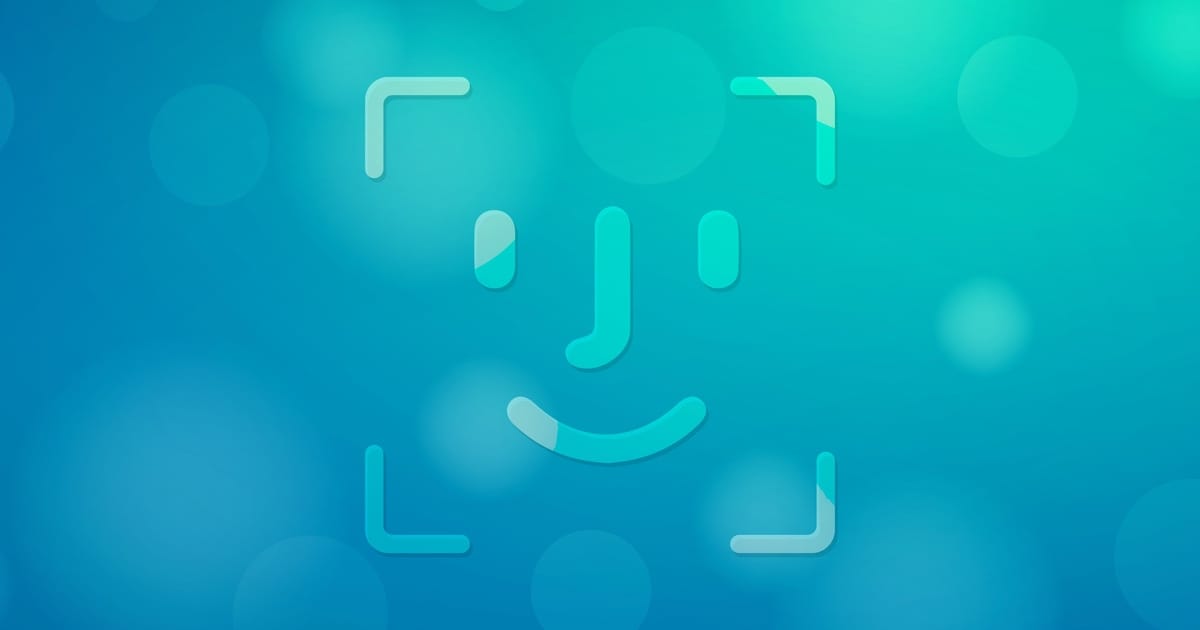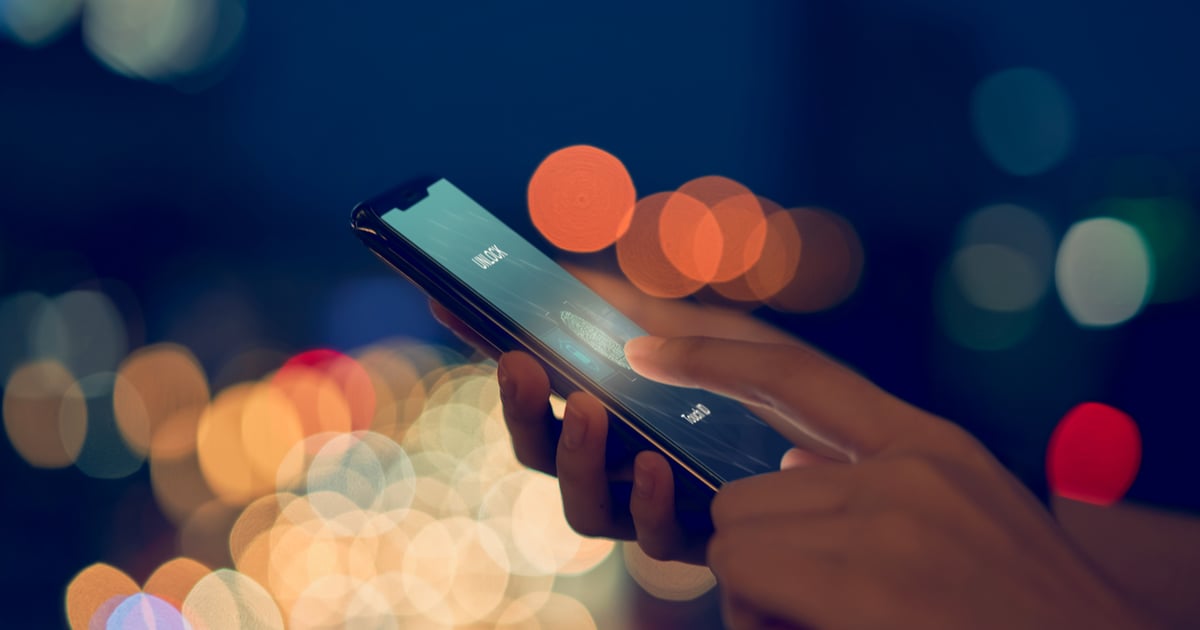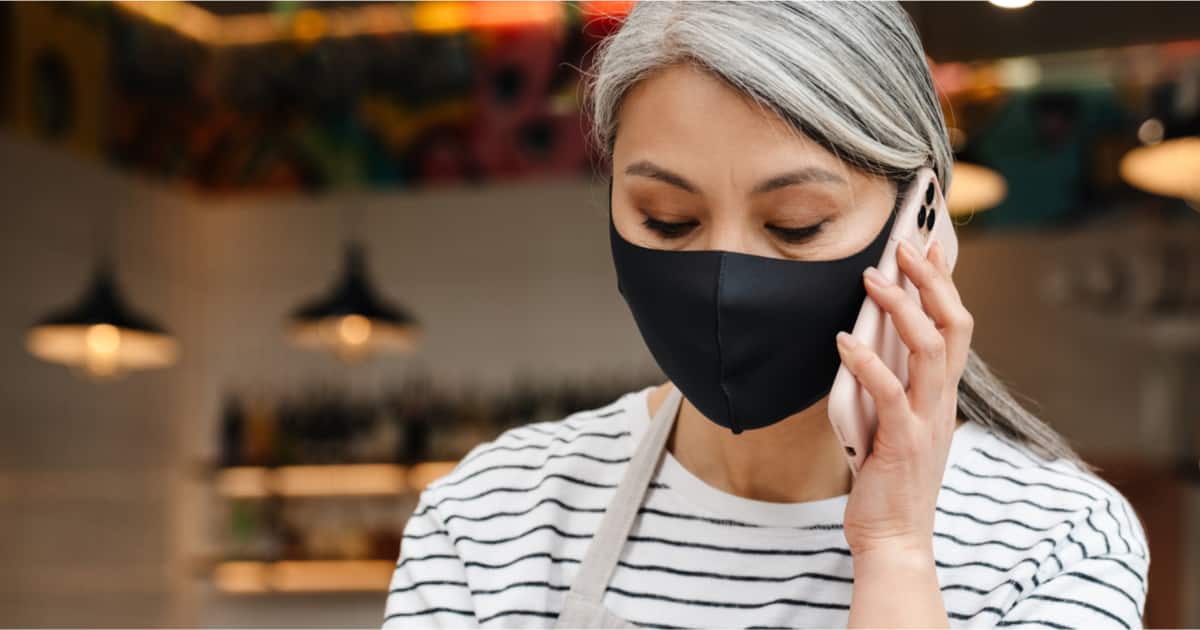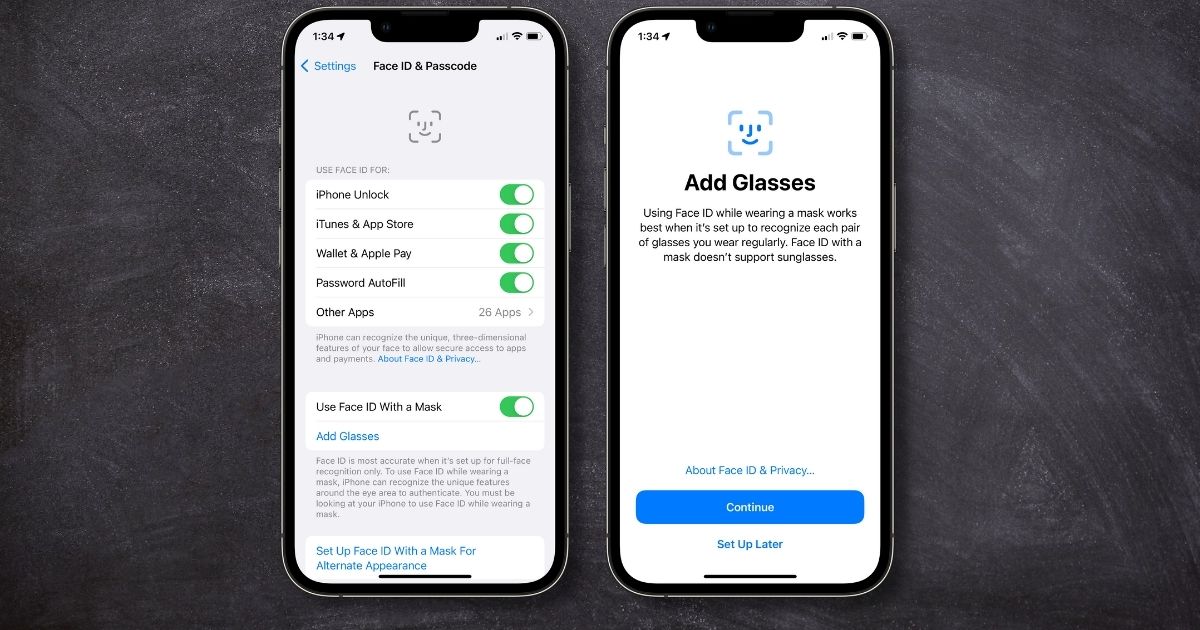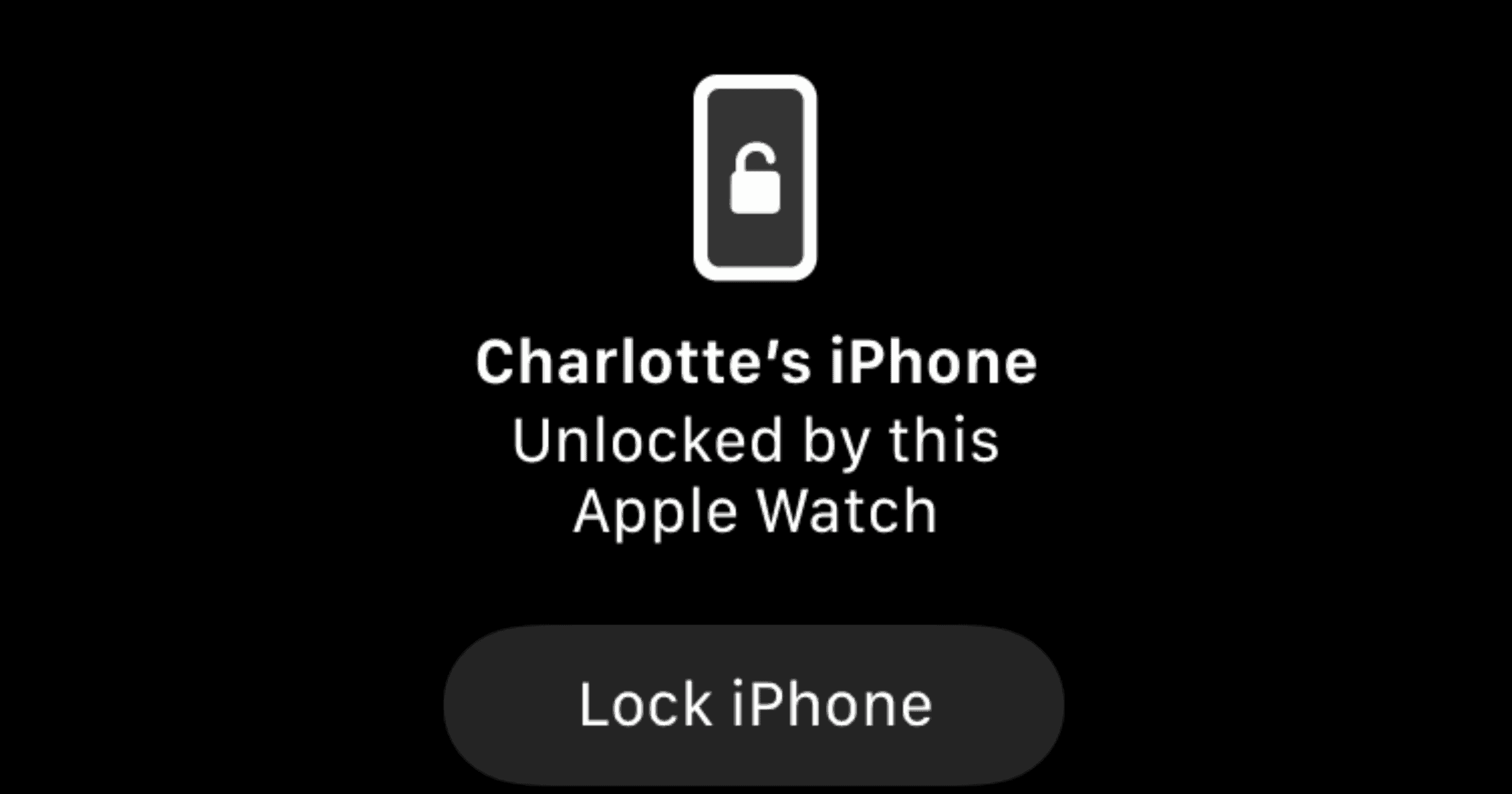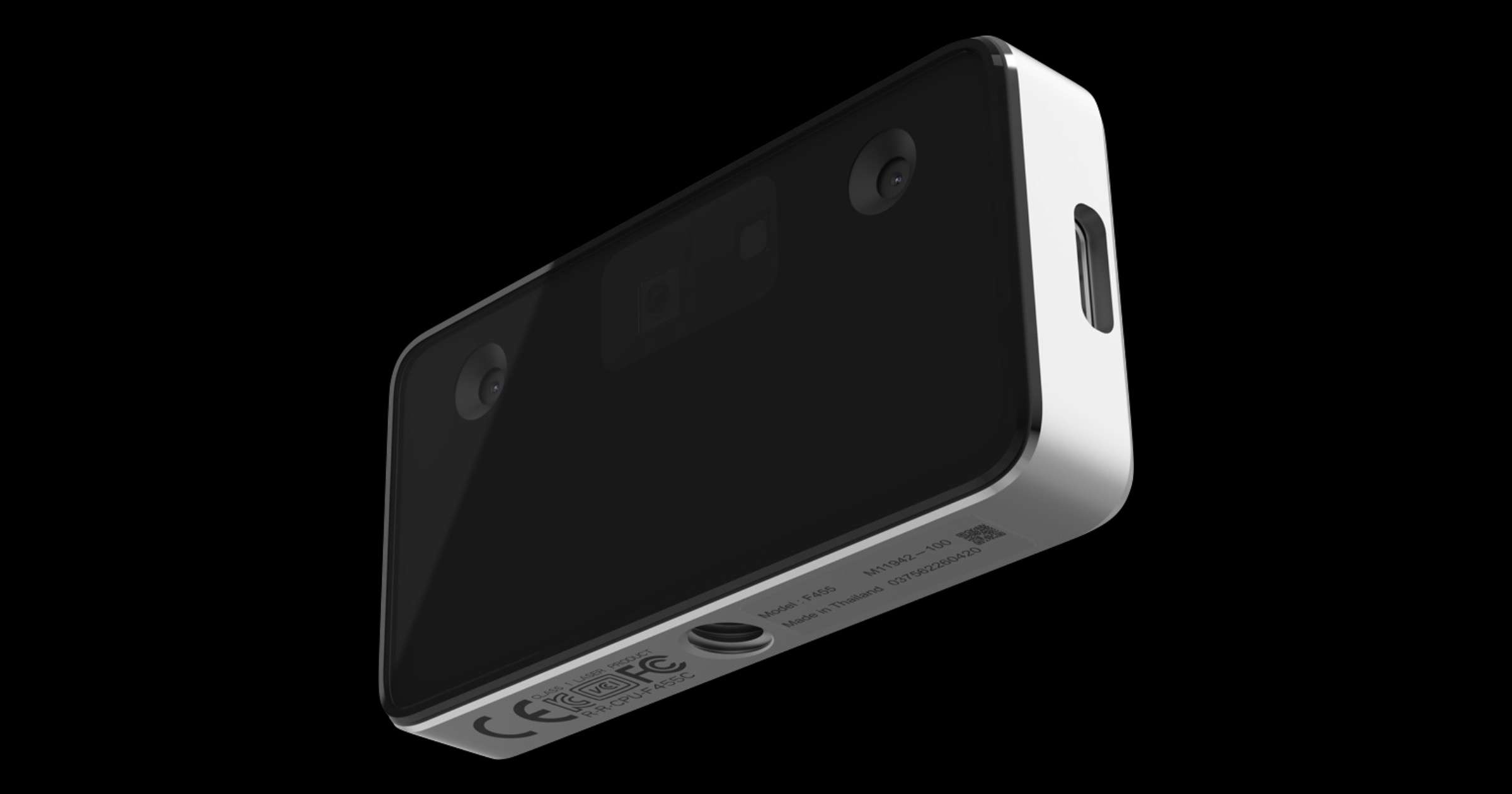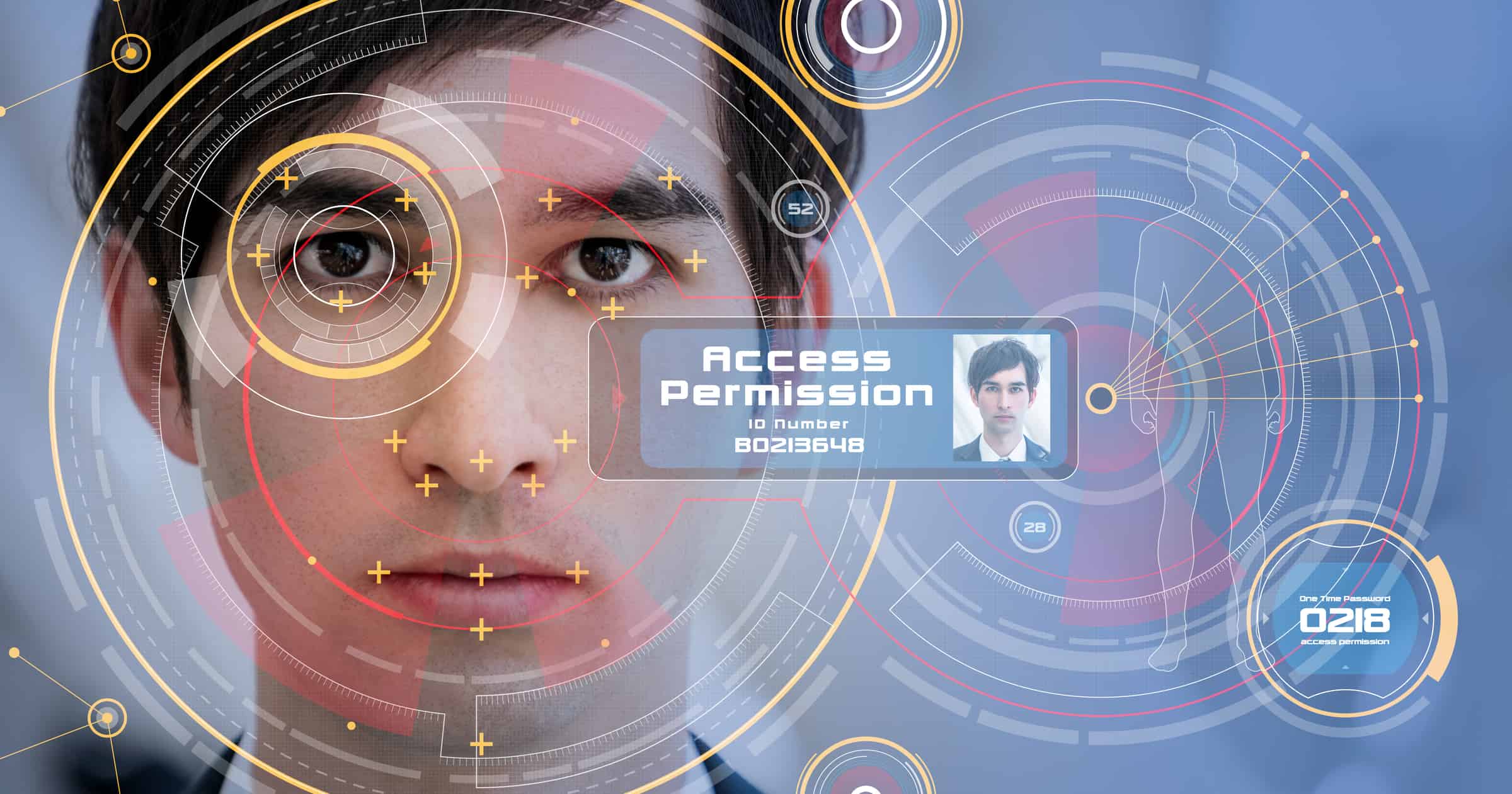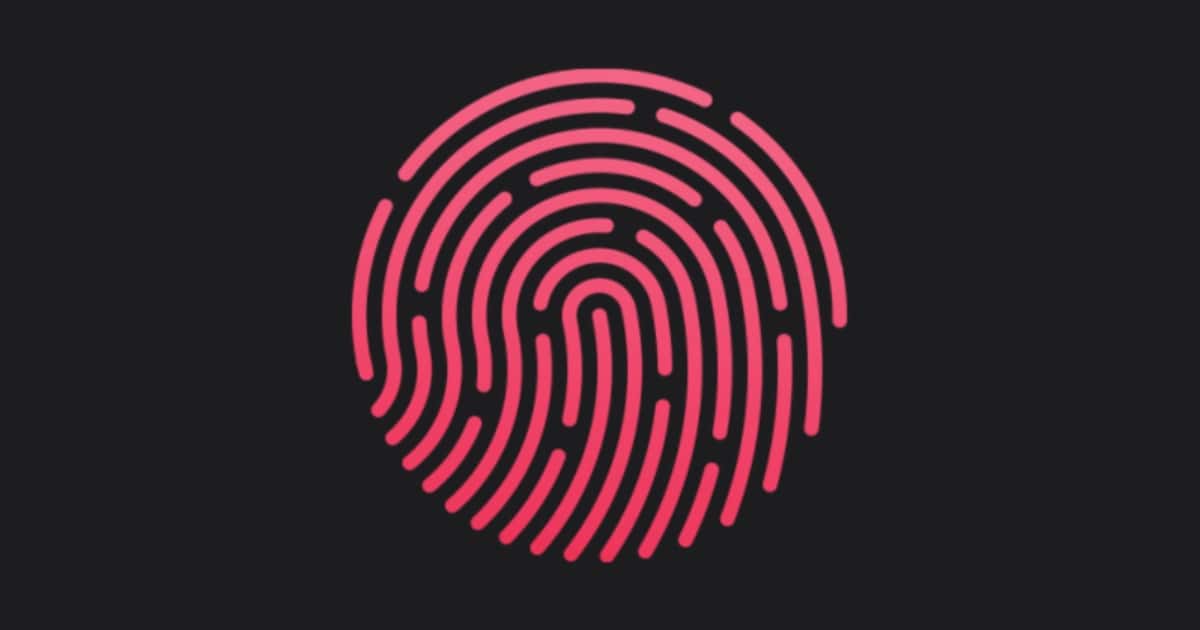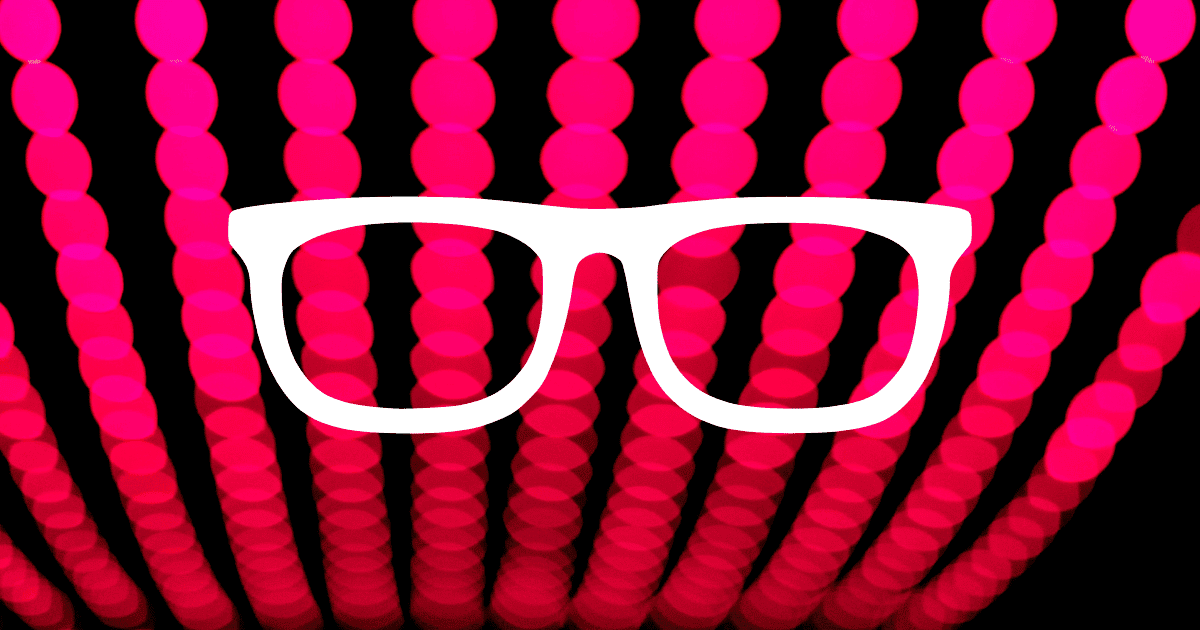Discover how to make Face ID work with sunglasses! Dive into Face ID mechanics, common issues, and solutions for a seamless experience.
Face ID
How to Add Another Person to Face ID on iPhone
iOS 12 lets you add a second person to Face ID so you and someone else can unlock your iPhone without having to enter the passcode. Here’s how to set it up.
4 Expert Ways to Unlock iPhone Without a Passcode or Face ID
If you’ve forgotten the passcode for your iPhone and Face ID is failing you, you might wonder how to unlock it. Jeff Butts has the answers.
Apple May Mask iPhone 14 Pro Pill and Hole-Punch Cutout With Deactivated Pixels
Fresh rumors suggest the purported pill and hole-punch cutout on the iPhone 14 Pro could look different from what we’ve thought.
Apple iPhone Face ID Fails to Work with Face of a Man with Moko Kanohi
An Apple user from Auckland learned that the iPhone face ID does not work with faces covered with moko kanohi or Maori face tattoos.
Apple Looking to Legally Block Patent Troll from Refiling Face ID Patent Claims
A patent troll has filed a claim against Apple regarding Face ID only to withdraw the complaint. Apple is looking to put an end to the claim.
Analyst Ming-Chi Kuo Believes 2024 iPhone Will Include Under-Screen Face ID and Front Camera
Analyst Ming-Chi Kuo recently tweeted that he believes the higher-end 2024 iPhone models will include under-screen Face ID and front-camera.
iPhone X Users Can Now Receive Face ID Fix Without Device Swap
Apple has recently expanded its repair program to allow the iPhone X to receive repairs to Face ID without swapping the entire device.
Kuo Doesn't Believe Under-Display Touch ID is Coming, Maybe Ever
Ming-Chi Kuo retracted his earlier prediction about under-display Touch ID as he now believes that it won’t be coming soon, if ever.
Better Late than Never, Face ID Mask Unlock Now Works with iPhone
On some models of the iPhone, iOS 15.4 brings the ability to unlock your smartphone using Face ID even with a mask covering your face.
Apple Releases iOS 15.4 Beta, and Now Anyone Can Use Face ID With a Mask
It’s taken longer than it probably should have, but Apple’s latest iOS beta allows you to use Face ID with a mask.
How to Set up Face ID to Unlock Your iPhone With Apple Watch When Wearing a Mask
iOS 14. 5 and watchOS 7.4 introduced the ability for Face ID to unlock your iPhone even when a user is wearing a mask.
New Improved MaskID Unlocking – TMO Daily Observations 2021-02-02
Dave Hamilton and Charlotte Henry join host Kelly Guimont to discuss recent software updates and a beta that can change how your phone unlocks.
Intel Releases ‘RealSense ID’ Facial Authentication Technology
Intel released a new technology called RealSense ID on Wednesday. It’s a device for facial authentication that can be used in various devices.
A Tip for Using Face ID While Lying Down
If you’ve struggled with using Face ID while lying down, this article is for you. It turns out, you’re just holding it wrong.
BeardID - Facial Recognition Software Learning to Identify Bears And Cows
Facial recognition software is a key part of how we use our iPhones with Face ID. CNet reported that similar technology is now learning to recognize bears and cows.
After spending over a decade tracking and studying grizzly bears in British Columbia, Canada, bear biologist Melanie Clapham has teamed up with two Silicon Valley-based tech workers to create a facial recognition software called BearID. Designed to monitor grizzly bears and track them via small differences like scars and nicks, the project has been used to recognise 132 of the animals thus far. By adapting existing artificial intelligence programs (namely, funny apps that put moustaches on dogs) the team was able to collect 4,674 images of grizzly bears. According to the team’s research, published in Ecology and Evolution, the system is now 84% accurate — though it requires the bears to be in the system prior to identification.
Safari 14 Adds Face ID, Touch ID to FIDO Logins
A feature coming to Safari 14 later this year involves logging into websites with Face ID and Touch ID through the Web Authentication API.
Facebook Considers Adding Face ID to Messenger Chats
Facebook’s latest experiment involves adding Face ID / Touch ID protection to Messenger chats.
When enabled, users will need to authenticate their identity using Face ID, Touch ID, or their passcode before they can view their inbox, even if their phone is already unlocked. […] The company is currently testing the new security feature among a small percentage of Messenger’s iOS users, though it could eventually be available more widely, including on Android.
I’d love to seen an option to lock any app with Face ID / Touch ID.
You Can Now Lock Google Drive on iOS With Face ID, Touch ID
Today Google updated Google Drive on iOS with a feature called Privacy Screen. It lets you lock the app with Face ID and Touch ID. Digital Trends notes:
The feature is activated each time you close the Drive app and reopen it and also locks files if you switch between Google Drive and another app, according to a Google spokesperson. You’ll have the option to turn this feature on and adjust its timing in Drive settings.
I personally would like Apple to let us lock every app with Face ID / Touch ID. Apps can clearly do this by themselves, but having it “baked” into the operating system is ideal.
App Store: Google Drive – Free
New MacBook Air, Face ID on Macs – TMO Daily Observations 2020-03-29
John Martellaro and Charlotte Henry join host Kelly Guimont to discuss the newly released MacBook Air, and what Face ID on Macs could look like.
iOS 13: How to Add a Second Person to Face ID
You can add a second person to Face ID on iOS devices. This is great for people who share their devices. Here’s how to do it.
Two Zombie Rumors are Back: iPhone SE 2 and Display Touch ID
I’ve coined the phrase “zombie rumor” because these rumors keep getting resurrected. First it was the Apple TV set, and now it’s the iPhone SE 2 and Touch ID that is embedded into the screen. Mark Gurman tells us about both.
Apple is considering including this in-screen touch sensor in the 2020 iPhone model if testing is successful, the people said. Suppliers have proven their ability to integrate the technology into iPhones, but the company has not managed to mass-produce it yet, one person familiar with the development work said.
I think going back to Touch ID is a step backward. Face ID is more secure, so Apple would be intentionally creating less-secure devices, unless they can somehow get Touch ID up to par with Face ID.
Researchers Spoof Face ID Using Tape and Glasses
During the Black Hat 2019 conference, researchers demonstrated a way to spoof Face ID using nothing more than glasses and tape.
To launch the attack, researchers with Tencent tapped into a feature behind biometrics called “liveness” detection, which is part of the biometric authentication process that sifts through “real” versus “fake” features on people. It works by detecting background noise, response distortion or focus blur. One such biometrics tool that utilizes liveness detection is FaceID, which is designed and utilized by Apple for the iPhone and iPad Pro.
Apple Awarded Patent for Mac Face ID
Apple was recently granted a patent for Mac Face ID with a smart auto-wake feature. This version sounds more intelligent than current Face ID.


